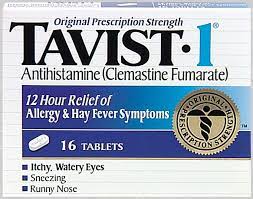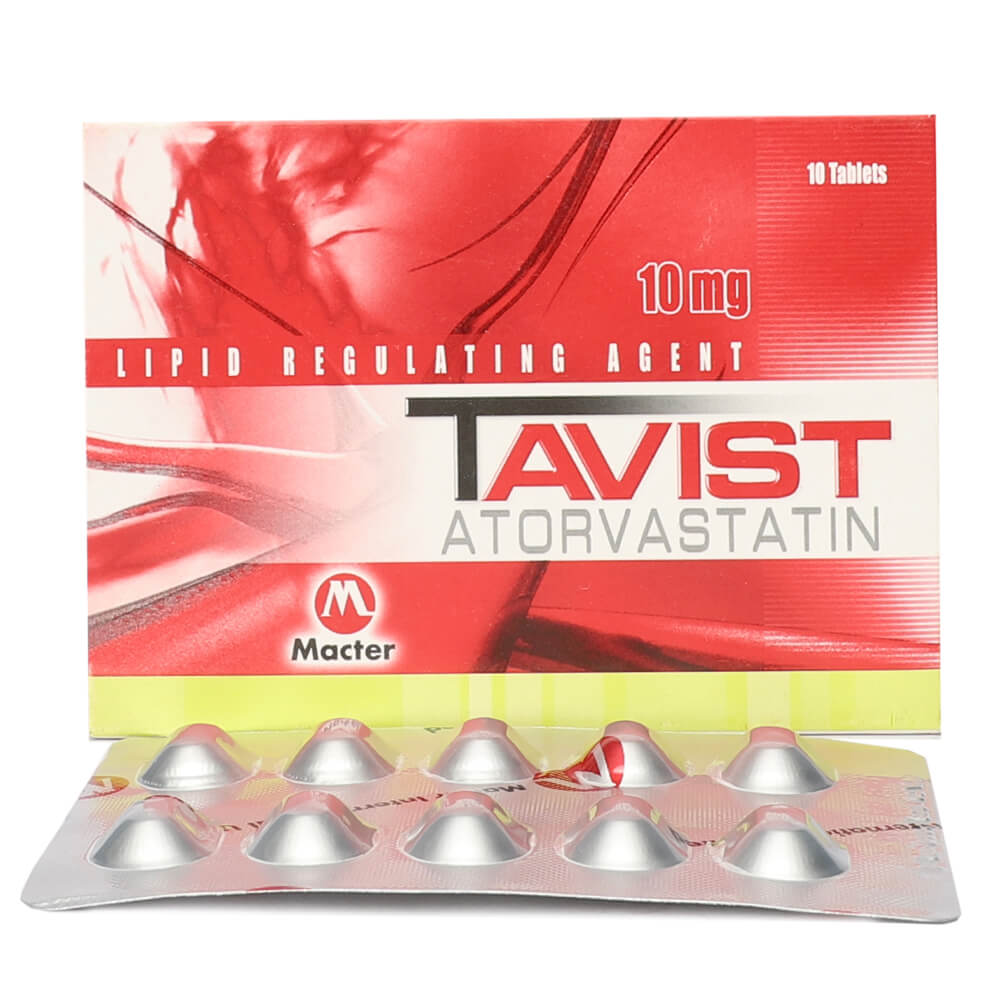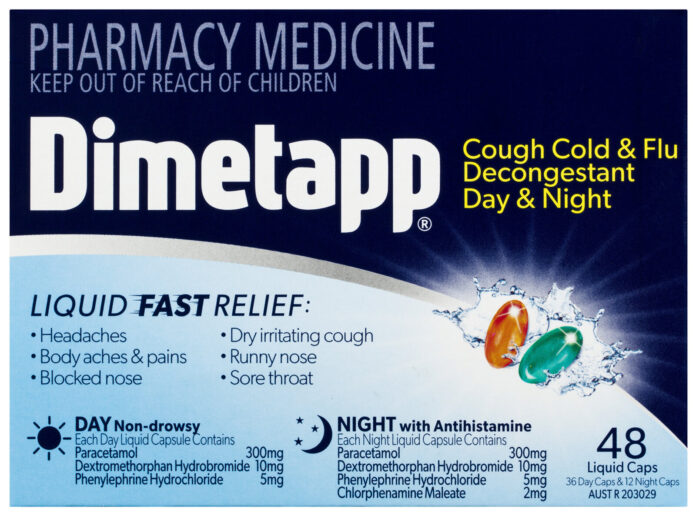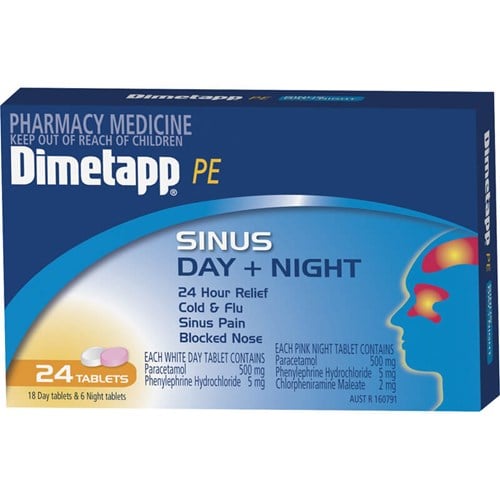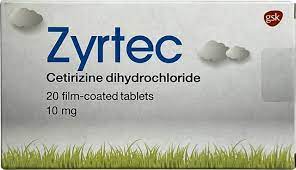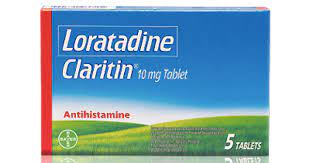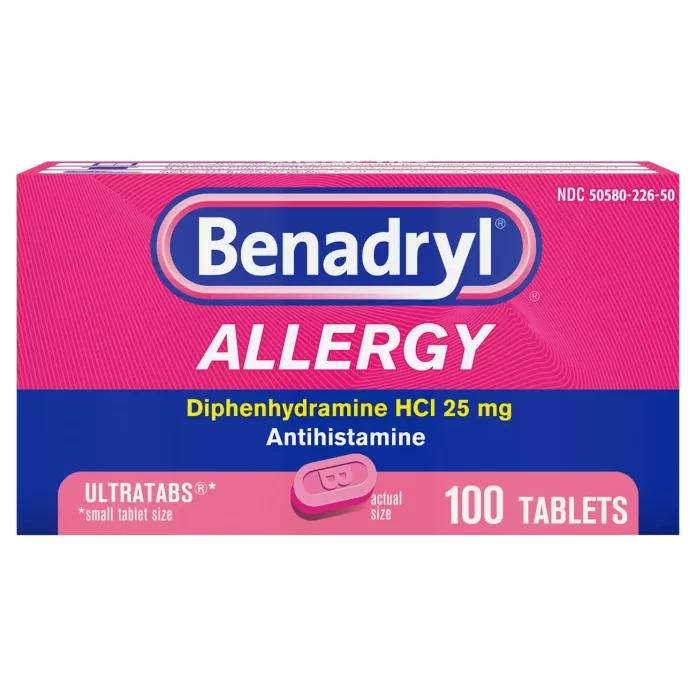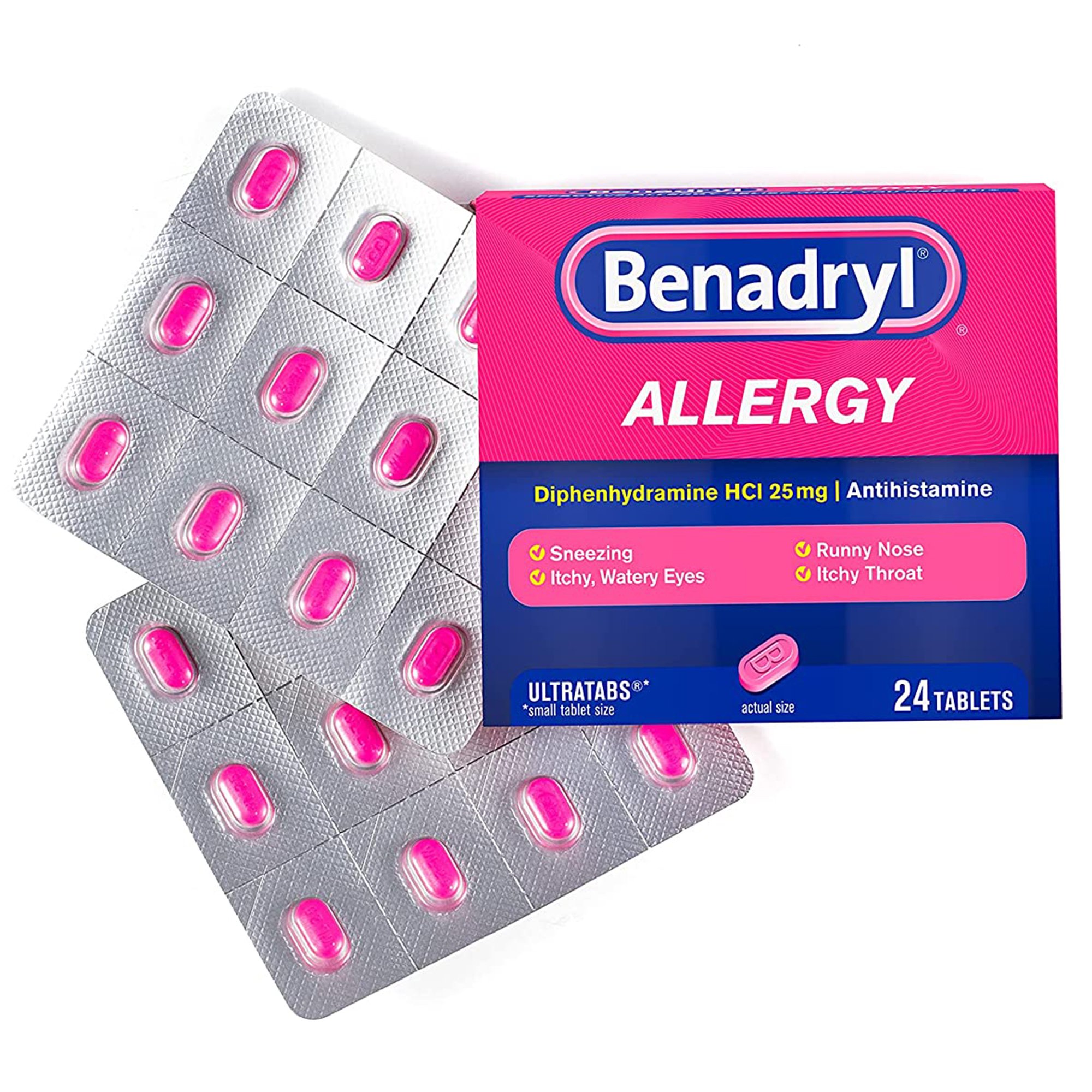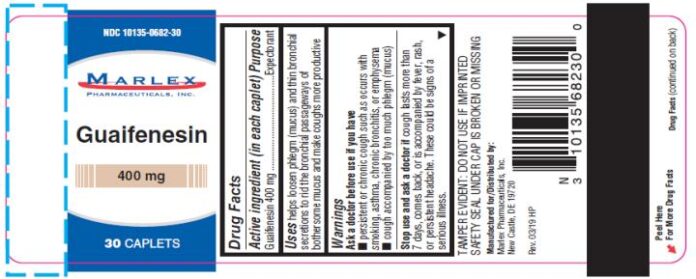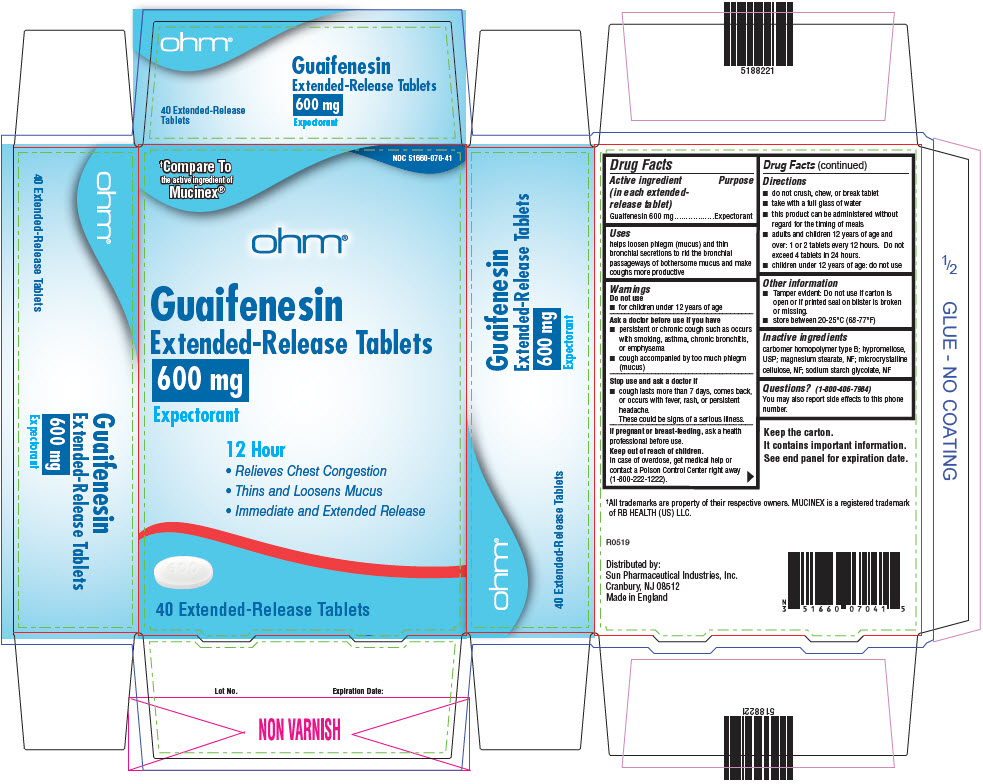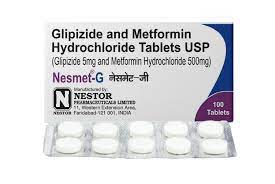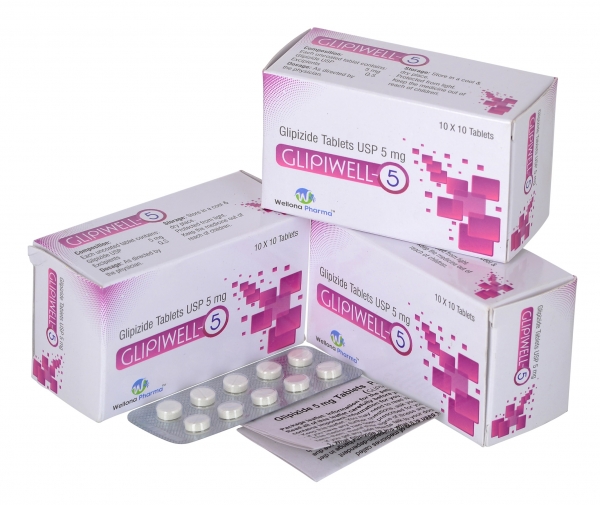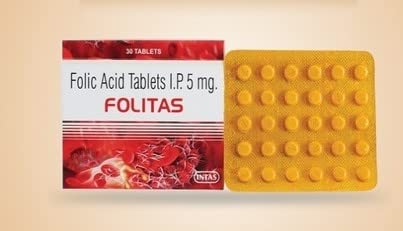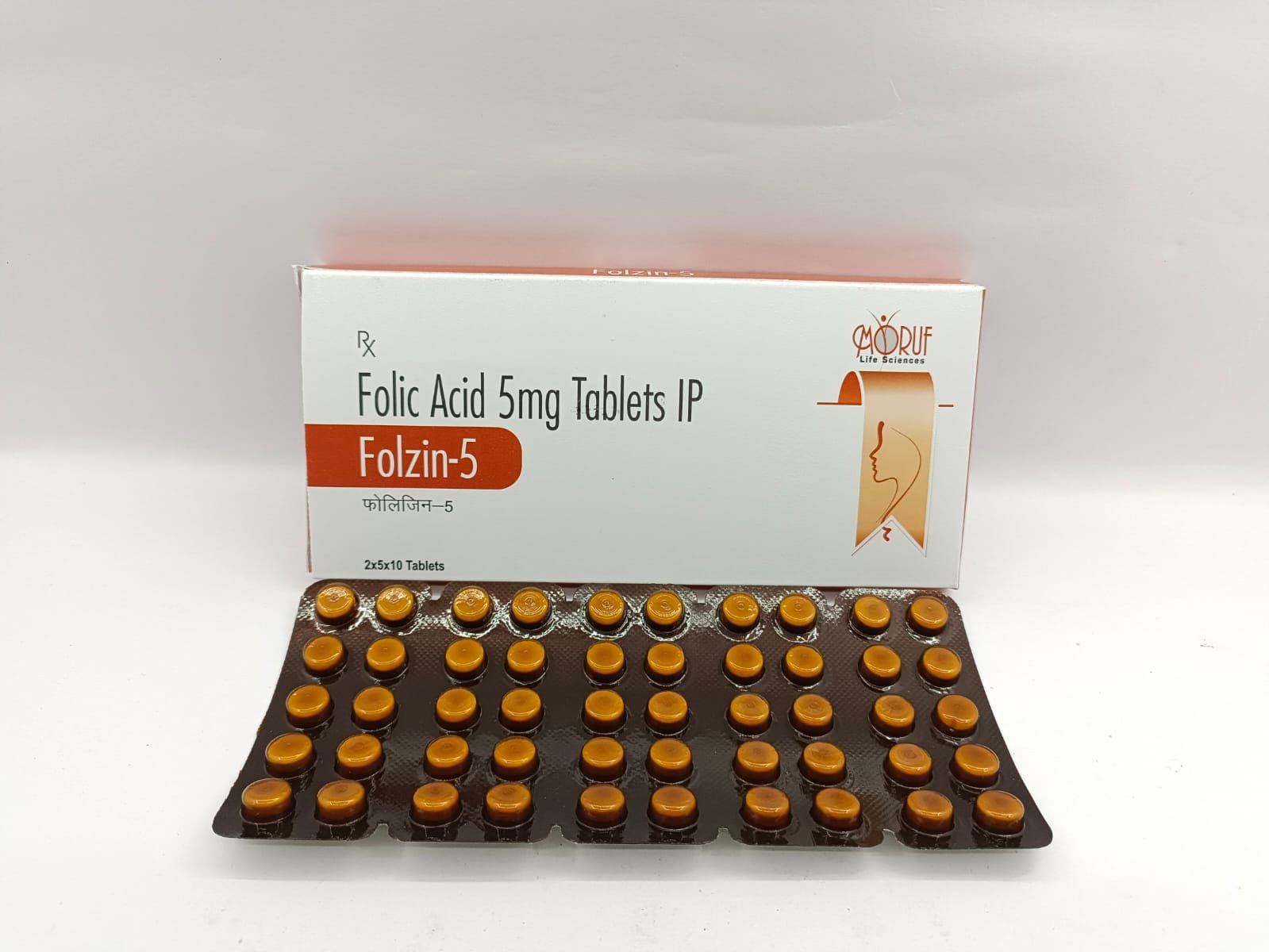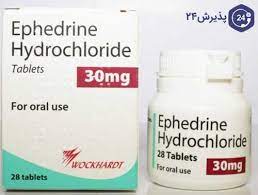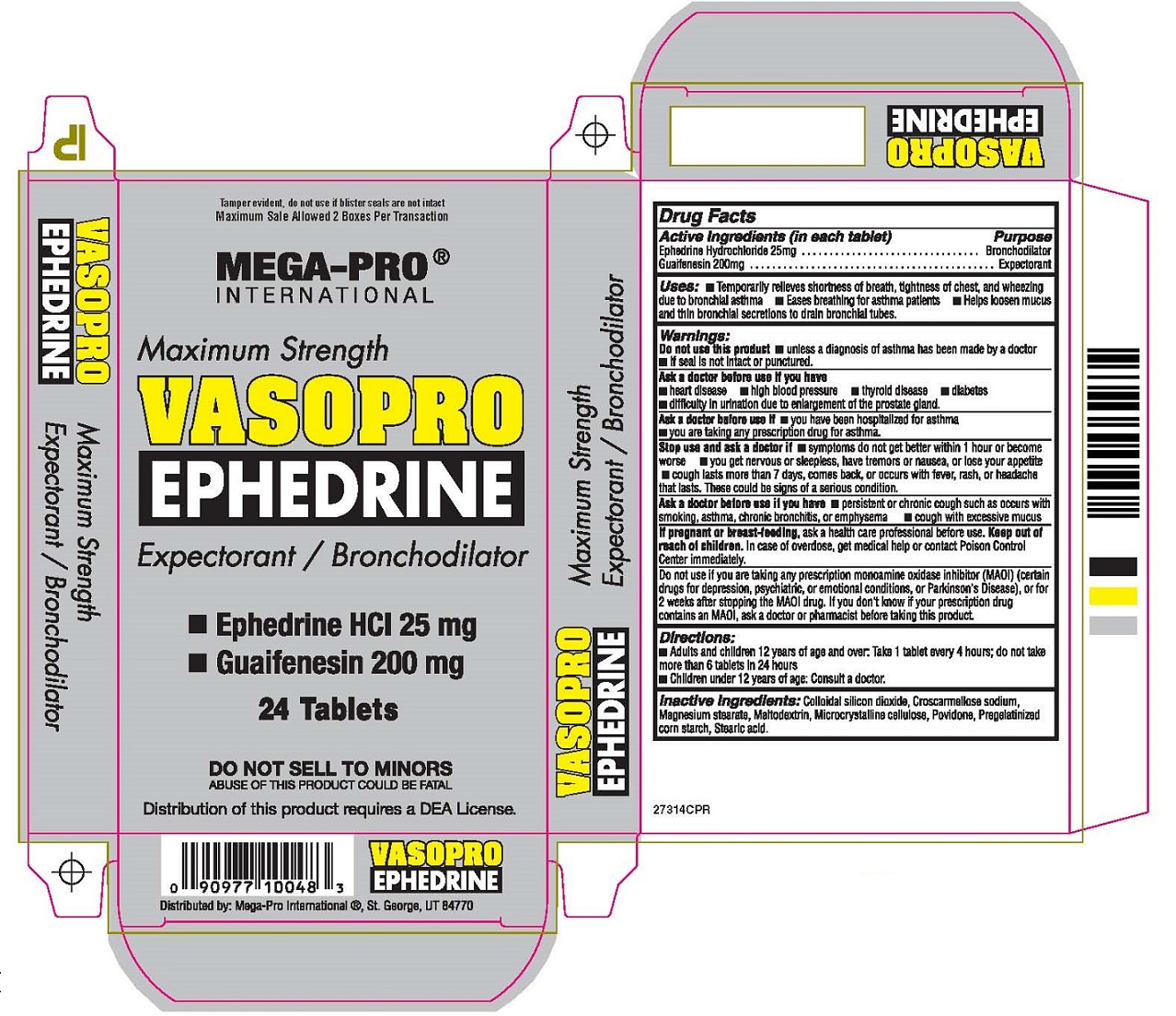Keflex is a prescription medication that contains the active ingredient cephalexin. It belongs to a class of drugs known as cephalosporin antibiotics and is primarily used to treat bacterial infections. Here’s an overview of the uses, benefits, common symptoms, and potential side effects of Keflex: Keflex Tablet Uses Benefits and Symptoms Side Effects

Uses:
Keflex is used for the following conditions:
- Bacterial Infections: It is prescribed to treat various types of bacterial infections, including respiratory tract infections, skin and soft tissue infections, urinary tract infections, bone and joint infections, and certain types of ear infections.
Benefits:
Keflex provides several benefits for individuals with bacterial infections, including:
- Bacterial Eradication: Keflex works by interfering with the growth and multiplication of bacteria, thereby helping to eliminate the infection.
- Symptom Relief: By effectively treating the underlying bacterial infection, Keflex can help alleviate symptoms associated with the infection, such as fever, pain, inflammation, and other signs of infection.
Symptoms:
The symptoms that Keflex helps alleviate are primarily related to bacterial infections, and they can vary depending on the specific site of infection. Some common symptoms of bacterial infections include:
- Fever
- Pain or tenderness in the affected area
- Inflammation or redness
- Swelling or abscess formation
- Discharge or abnormal fluid production
- Changes in urinary patterns (in the case of urinary tract infections)
Side Effects:
While Keflex is generally well-tolerated, it can cause side effects in some individuals. Common side effects may include:
- Upset stomach
- Diarrhea
- Nausea or vomiting
- Skin rash or itching
Less common but potentially serious side effects can occur,
and it’s important to seek medical attention if any of these symptoms occur:
- Allergic reactions (rash, itching, swelling, difficulty breathing)
- Severe diarrhea or abdominal pain
- Yellowing of the skin or eyes (jaundice)
- Easy bruising or bleeding
It’s crucial to note that this is not an exhaustive list of side effects,
and different individuals may experience different reactions. It’s important to follow the prescribed dosage and duration of treatment and consult a healthcare professional if you have any concerns or questions about Keflex or its side effects. If you have specific medical conditions or are taking other medications, it’s advisable to consult a healthcare professional for personalized information based on your situation.
Keflex Tablet Uses Benefits and Symptoms Side Effects what is Keflex drug Keflex Tablet in hindi what is Keflex drug Keflex Tablet in hindi


